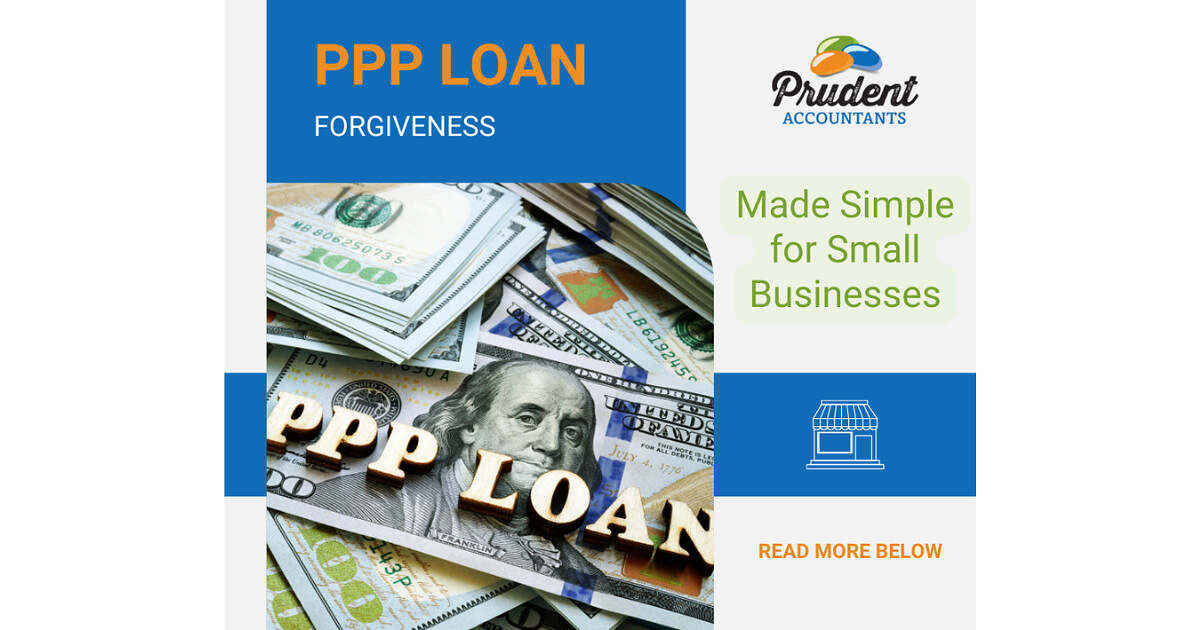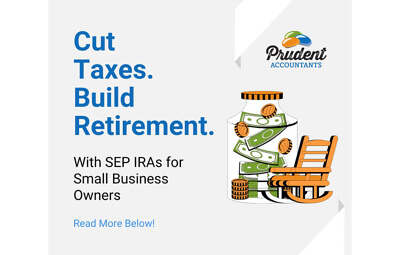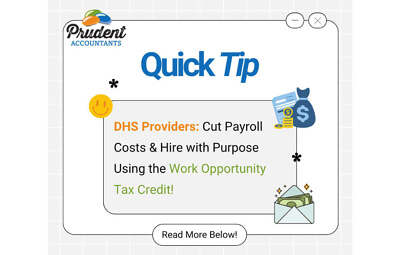How a Small Business Secured PPP Loan Forgiveness—And How You Can Too

At the height of the pandemic, many small businesses found themselves on the brink of closure. Revenues plummeted, and operational costs loomed large. The Paycheck Protection Program (PPP) became a critical lifeline for businesses navigating these turbulent times. For those who used the funds correctly and followed the forgiveness process, what began as a loan transformed into a grant—providing much-needed relief.
If you’re one of the businesses that benefited from PPP loans, understanding the loan forgiveness process is the next crucial step. Here’s how to ensure you make the most of this opportunity.
What Is PPP Loan Forgiveness?
PPP loan forgiveness is a provision by the Small Business Administration (SBA) that allows businesses to convert their PPP loans into non-repayable grants if they meet specific conditions. This program was created to help businesses maintain payroll, sustain employees, and cover essential operating expenses during the pandemic.
Key Criteria for PPP Loan Forgiveness
To qualify for full forgiveness, your PPP loan must meet these requirements:
- 60% for Payroll Costs
At least 60% of the loan must be allocated to payroll expenses, ensuring employees stay paid. - Employee and Wage Retention
Businesses must maintain staffing and salary levels during the loan’s covered period or restore them by a specific deadline. - Other Eligible Expenses
The remaining 40% can be used for approved expenses, including:- Mortgage interest
- Rent or lease payments
- Utilities
- Certain operational costs, such as supplier payments and worker protection measures.
Where and How to Apply for PPP Loan Forgiveness
The forgiveness process begins with your lender—the bank or financial institution that provided your PPP loan. They will guide you in submitting your application, which they then review before forwarding it to the SBA for final approval.
Steps to Apply for Forgiveness
- Gather Required Documentation
Collect all necessary records, including:- Payroll documentation (payroll reports, tax forms, etc.)
- Proof of eligible non-payroll expenses (utility bills, lease agreements, receipts)
- Bank statements and payment receipts
- Choose the Correct SBA Form
Based on your loan and business size, you will need one of these forms:- Form 3508: The standard form for businesses with complex forgiveness needs.
- Form 3508EZ: For businesses meeting simplified criteria, such as maintaining payroll without reductions.
- Form 3508S: For loans of $50,000 or less, offering an even simpler process.
- Submit to Your Lender
Submit your completed application and supporting documentation to the lender that originated your PPP loan. - Lender Review and SBA Approval
Your lender will review the application and send it to the SBA, which typically processes forgiveness applications within 90 days.
Common Pitfalls to Avoid
- Misallocation of Funds
Ensure at least 60% of your loan is used for payroll expenses to qualify for full forgiveness. - Missed Deadlines
Applications must be submitted within 10 months of your loan’s covered period to avoid repayment obligations. - Incomplete Documentation
Missing or inaccurate records can delay or jeopardize your application.
Turn Your Loan Into a Lifeline
The Paycheck Protection Program was designed to provide relief during an unprecedented crisis. For businesses that meet the forgiveness criteria, it offers a way to secure financial stability without the burden of repayment.
Visit the SBA’s PPP Loan Forgiveness Portal for additional resources, detailed guidance, and the forms needed to apply for forgiveness. Ensure your business benefits fully from this program and turns a temporary lifeline into lasting relief.








